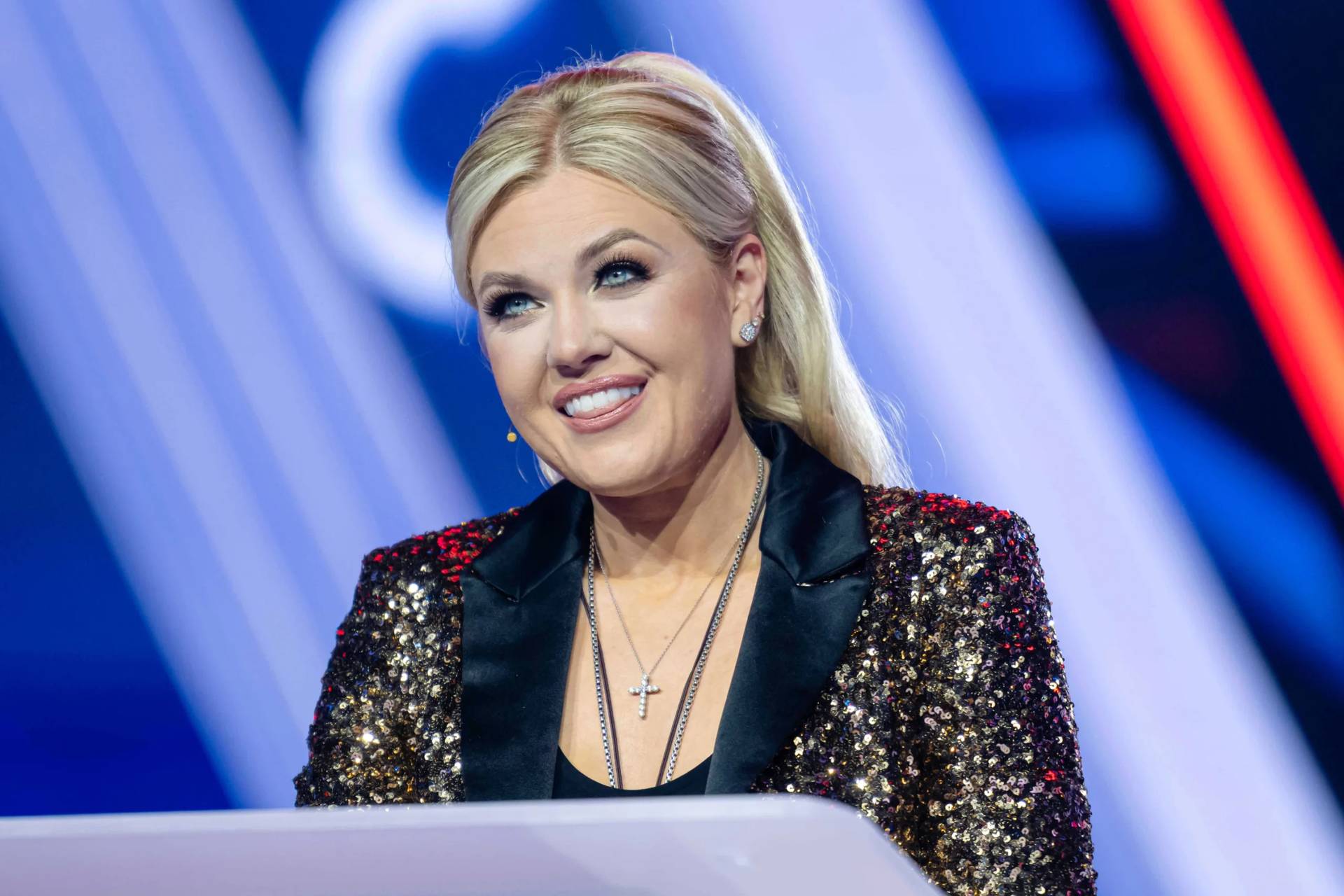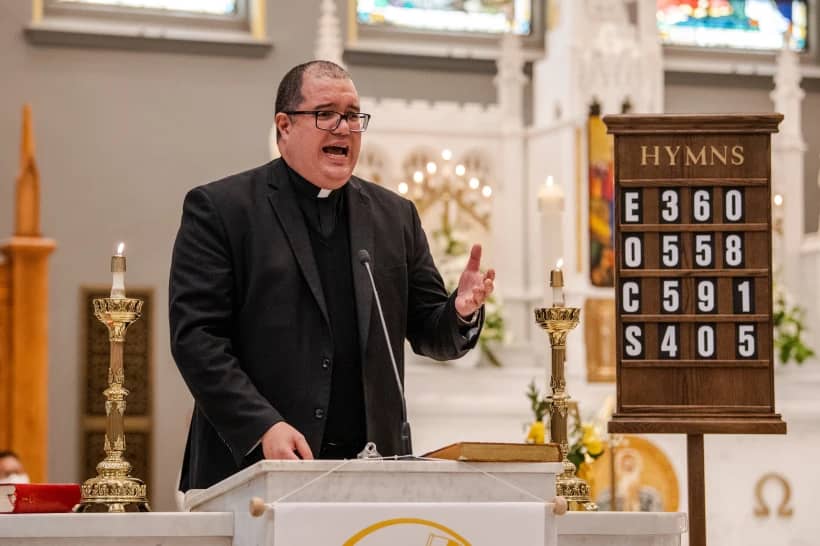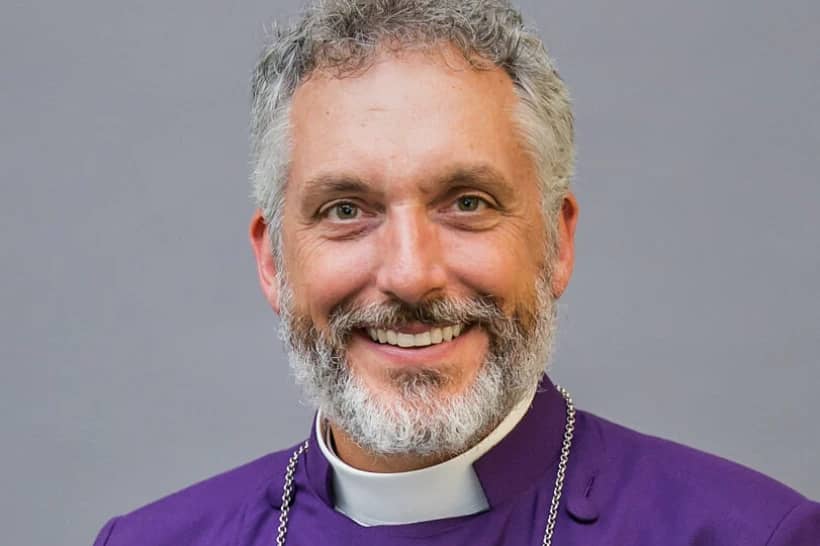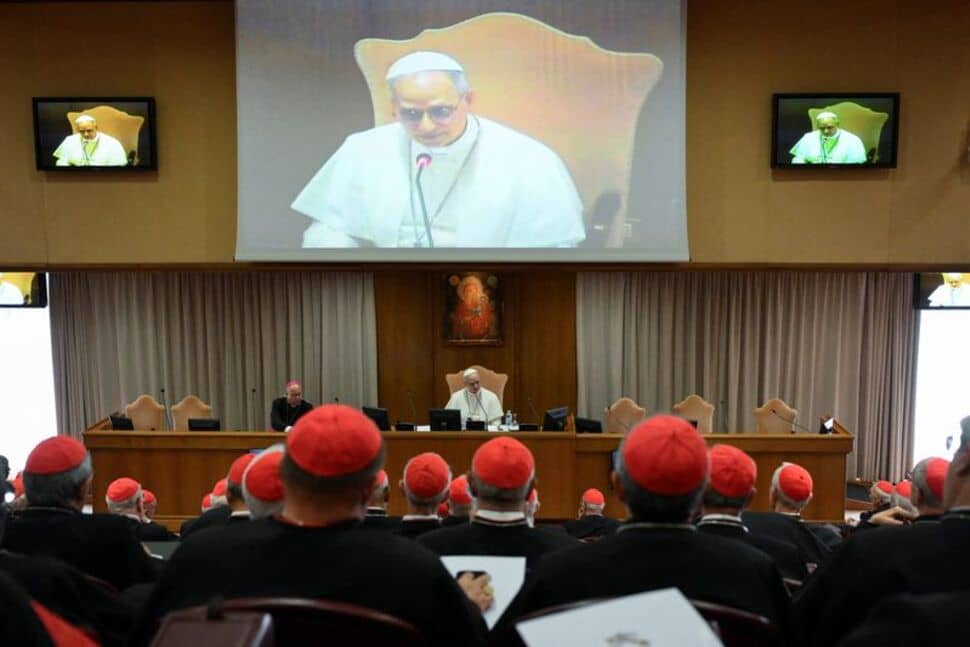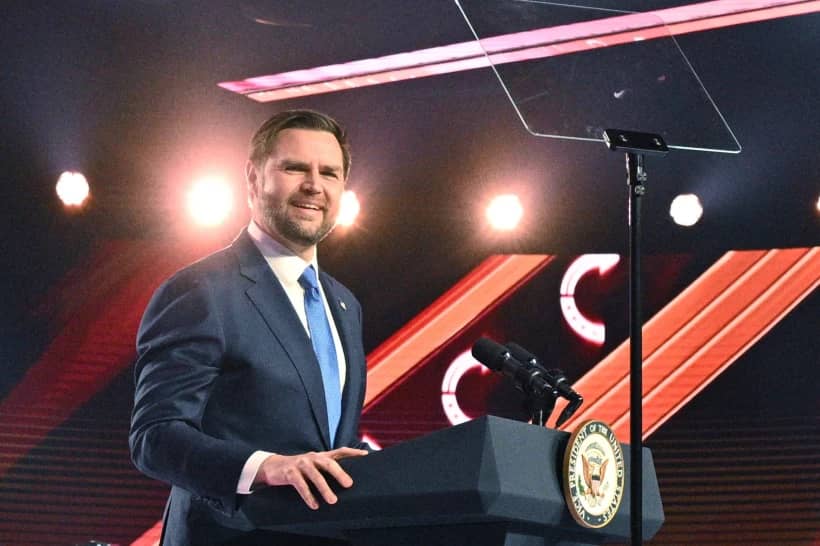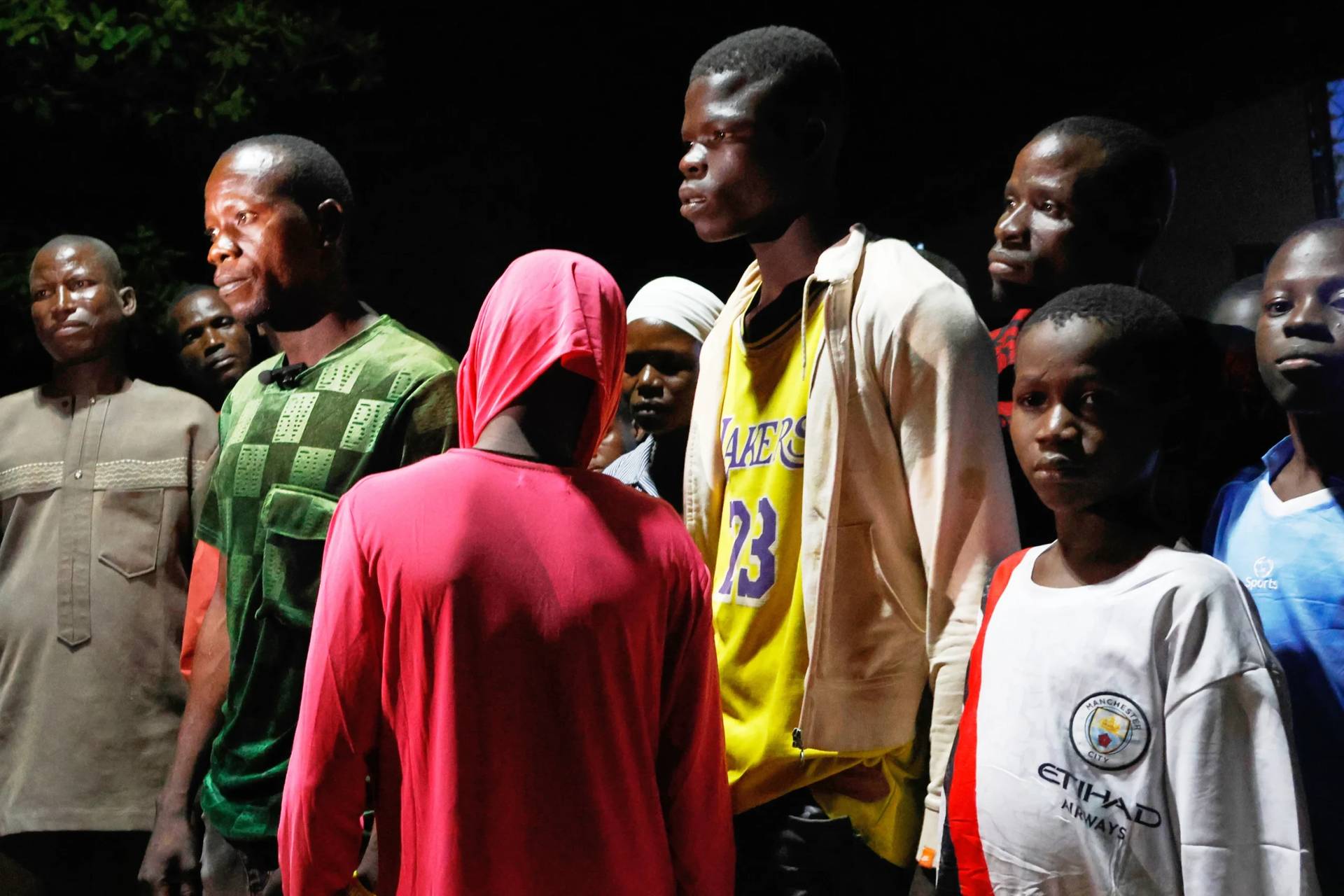The apparitions at Fatima are the key moment of a Marian age that the Church has been living for nearly two centuries. They are also at the heart of a century in which the devil was on the march.
Consider this: In 2017 falls the three hundredth anniversary of the Shrine of Our Lady of Aparecida in Brazil, but the first Latin American pope will not visit the world’s largest Marian shrine. He will be, though, in Fatima on Saturday for the hundredth anniversary of the first apparition there on 13th May 1917.
In 1982, the first Polish pope was not at Czestochowa for the sixth hundredth anniversary of Our Lady of Jasna Gora, Queen of Poland. He was in Fatima that year, though, for May 13th.
To be sure, there were other circumstances that influenced those decisions, but in the era of papal foreign travel, every pope has been to Fatima. She is the queen of the Marian age.
In the 19th century the Church recognized authentic Marian apparitions at three French locations: Rue du Bac, Paris (1830) at which the Miraculous Medal devotion began, La Salette (1846) and Lourdes (1858). There were several others in other countries, most prominent among them Knock, Ireland, in 1879. Marian apparitions were never more frequent.
In 1854, Blessed Pius IX defined the dogma of the Immaculate Conception. In 1950, Venerable Pius XII proclaimed the dogma of the Assumption. Vatican II would present Mary as the model of the Church as a whole, and Blessed Paul VI would declare her to be Mother of the Church.
All that even before the pope whose motto was Totus Tuus – totally yours, taken from St. Louis de Montfort’s prayer to the Blessed Mother. St. John Paul II attributed his survival of the assassination attempt of May 13 1981 – feast of Our Lady of Fatima – to Mary’s intervention.
He would make three pilgrimages of thanksgiving to Fatima, each of them on the May 13th feast day. He went in 1982 for the first anniversary of the shooting, in 1991 for the tenth anniversary, at which time he gave thanks for the defeat of communism, and in 2000, when he expressed his gratitude that through her intercession he was able to lead the Church into the third millennium.
This Marian age has a certain apocalyptic character, with Marian piety increasingly framed by the vision of the Book of Revelation, where the woman “clothed with the sun” is threatened by the Satan, the ancient dragon.
In the great slaughterhouse of the twentieth century, the sheer scale of lethal evil, organized above all in the communist regimes, appeared to have loosed Satan himself in the world. The prophecy thus made in Genesis, that the head of the serpent would be crushed by the woman, seemed more relevant to Christian piety.
In this context, the apparitions of Fatima were addressed directly to the wickedness of the twentieth century, as well as to the wickedness of sin that lurks in all of history.
Our Lady of Fatima spoke of the Great War, and a greater war to come. She spoke of the rise of Bolshevism in Russia, and how mass killings of the people, by the usurpers of the people, for the supposed sake of the people, would cause tens of millions to perish across the earth.
But the Lady showed the children a far more frightening vision of hell, a great massa damnata suffering horrifying torments. Against this backdrop of the wages of sin, here and hereafter, she proclaimed the final triumph of her Immaculate Heart.
Fatima wove together papal threads both past and future. The final apparition of October 13 1917 fell thirty-three years to the day after Pope Leo XIII had a disturbing vision in 1884 about a coming century of particularly diabolical activity. He composed the Prayer to St. Michael the Archangel after seeing the vision and in 1886 mandated that it be prayed after all “low” Masses, which it was until 1965.
Leo XIII would write more than a dozen encyclicals on the Rosary, and would organize the Jubilee Year 1900 around consecration to the Sacred Heart of Jesus.
St. John Paul II’s link to Fatima was profound after the shooting of 13th May 1981. He gave to the shrine at Fatima the bullet extracted from his body, which the local bishop inserted into the crown upon the statue, where it remains to this day.
In 1984, one hundred years after Leo’s vision of the diabolical century, John Paul would consecrate the entire world to the Immaculate Heart of Mary, as Our Lady of Fatima had requested. It was the beginning of the end of the communist era; in 1991 the Soviet Union would be erased from the map.
John Paul would write his own lengthy apostolic letter on the Rosary, adding the five mysteries of the Lord’s public life. He would organize the Great Jubilee of 2000 around consecration to the Immaculate Heart of Mary, for which ceremony he brought the bullet-adorned statue from Fatima to Rome.
Every country has its particular Marian image with some, like Mexico’s Our Lady of Guadalupe, extending its reach across many nations and peoples. Our Lady of Fatima does not belong as much to a place as to a time, the Marian age of the Church and century that appeared to belong to the devil.







